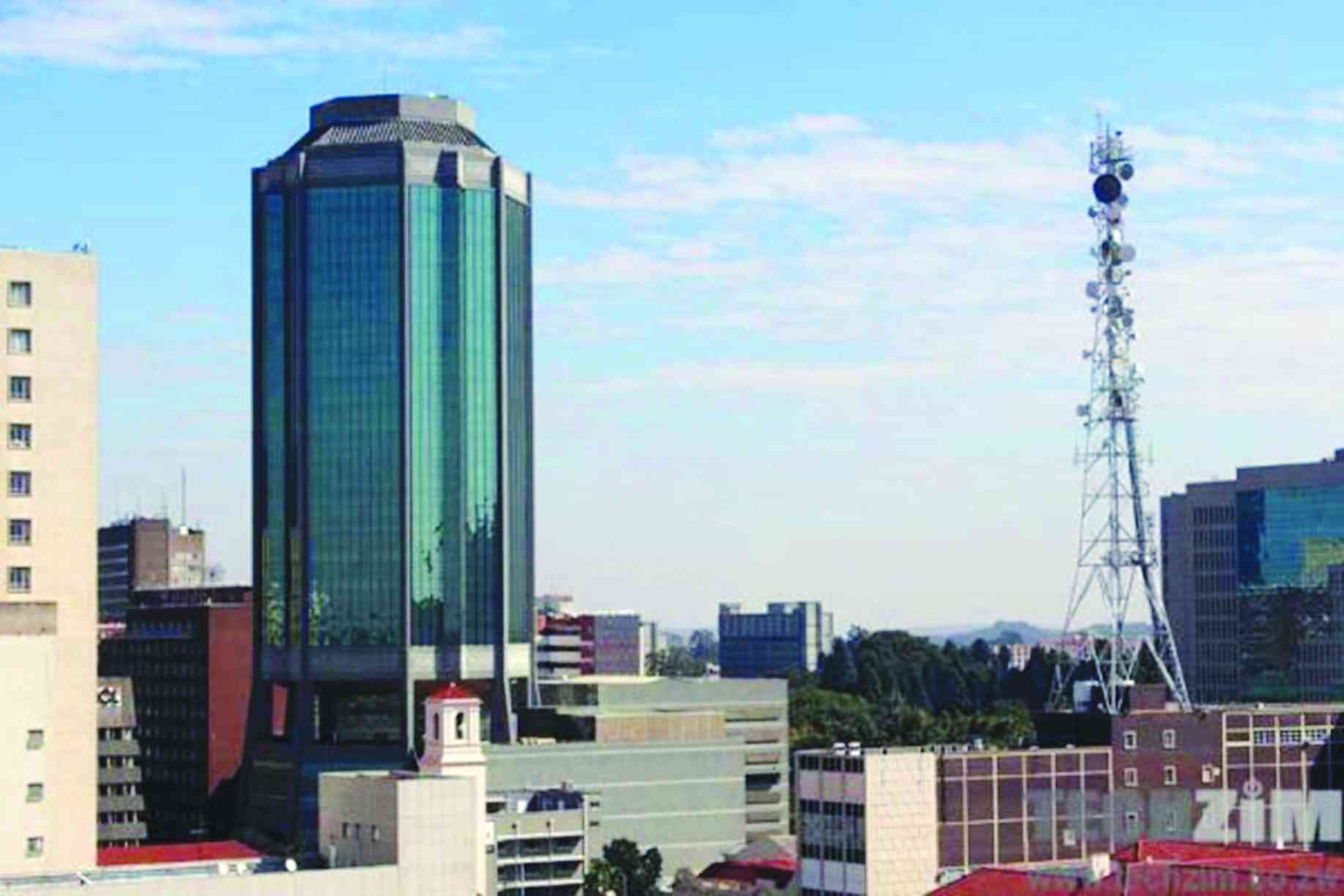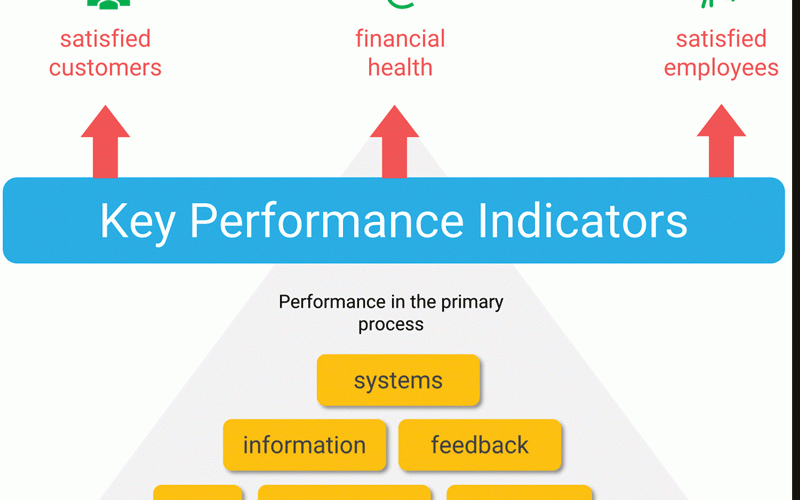
IN line with the resolutions of the Monetary Policy Committee (MPC) meeting held on October 23 2023, the Reserve Bank of Zimbabwe (RBZ) announced some key changes to its monetary policy.
The changes include the reduction of the benchmark policy rate, removal of foreign currency trading margins, standardisation of export surrender requirements, and promotion of no-frills (low-cost) bank accounts.
Rationale for policy shift
The RBZ policy shifts come at a time of mounting global risks, such as falling global mineral commodity prices, elevated food and energy prices, high-interest rates, and rising geopolitical tensions.
As a perennial net importer of goods and services, Zimbabwe is too susceptible and is disproportionately affected by global shocks. So, if unattended, the global risks will continue to increase the domestic cost of doing business, exert incessant Zimbabwe dollar (ZWL) depreciation pressures, fuel cost-of-living crisis, widen societal inequalities, and plunge many households into abject poverty.
But will the announced policy changes help contain all of the foregoing? The analysis is provided below.
Interest rate
With immediate effect, the RBZ benchmark policy rate has been reduced from 150% to 130% per annum.
- Zimbabwe deals help China tighten African lithium grip
- Zimbabwe deals help China tighten African lithium grip
- RBZ blocks Harare US dollar charges
- Industry cries foul over new export surrender requirements
Keep Reading
Typically, central banks alter benchmark policy rates to affect market interest rates, supply of credit and bank loans, market expectations, asset prices, and saving and investment decisions.
In the case under review, the downward revision of the key policy rate by the RBZ is a bid to reduce the cost of borrowing in the domestic economy.
For far too long, Zimbabwe’s policy rate has been exorbitantly high when compared to its global counterparts. For instance, in June 2022, the MPC hiked the policy rate from 80% to 200% — a global record.
This increased the cost of transacting in Zimbabwe dollars (ZWLs) thus rendering local firms internationally uncompetitive, sustaining high unemployment, and fueling household poverty.
The high policy rate environment also contributed to increased financial dollarisation. The official statistics showed that by the end of June 2023, a staggering 88% of total deposits and 94% of banks’ total loan books were now in foreign currency.
So, to reverse this trend, the RBZ decided to reduce its policy rate, which will lower the overall cost of ZWLs in the market.
In addition, a low-interest environment makes it more attractive for companies to invest in retooling, research and development, and expansion, including hiring of workers.
This is key in boosting local manufacturing and reducing overdependence on foreign markets (imports). At the household level, low-interest rates reduce mortgage interest payments together with other debt interest payments thereby increasing discretionary income for these household borrowers.
Nevertheless, it is my view that the RBZ policy rate cuts have come too soon. This could derail the relative price stability enjoyed since the turn of August 2023. The policy rate cut is being implemented at a time when the local currency has started to perform dismally against the US dollar (USD) as evidenced by parallel market exchange premiums,which have started to burgeon.
Statistics show that in month-to-date terms, the ZWL is down 7% in the parallel markets, building from at least 15% that was lost in September 2023.
As such, reducing interest ratescould be counterproductive as it will incentivise speculative borrowing in the economy, which fuels price instability.
A granular analysis shows that the ZWL is falling largely due to a lack of public trust in the issuer. In light of this, authorities must prioritise setting up confidence-building measures to upscale public trust in RBZ monetary policies and promote maximum use of the ZWL economy-wide.
Also, given a bleak economic outlook, benchmark policy rates must be kept at high levels to deter rent-seeking behaviours.
Foreign currency retention
With effect from November 1 2023, foreign currency retentions on exports shall be standardised at the level of 75% across all sectors of the economy and all special dispensations granted to some sectors of the economy shall be removed.
The mining sector generates the bulk of Zimbabwe’s foreign currency inflows. For instance, the sector contributed about US$5,6 billion in 2022, which constitutes 48% of total foreign currency received in that respective year.
However, falling international prices for most minerals, such as lithium, nickel, and platinum since the start of 2023 are affecting foreign currency inflows.
RBZ shows that in the first nine months of 2023, export receipts are down 9% from US$4,5 billion realised for the same period in 2021.
So, by standardising forex retentions and removing all special dispensations, the RBZ seeks to increase foreign currency available to the government for settling domestic and foreign obligations, as well as support the local currency through the sale of USD in both the wholesale and retail auction markets.
However, these high foreign currency surrender requirements are disproportionately hurting exporters while subsidising importers. On one hand, exporters are being forced to cede their valuable and hardly generated USD in exchange for a volatile ZWL.
Yet large exporters like miners are required to pay electricity in USD in addition to other USD demands for such a capital-intensive industry.
On the other hand, importers, who are getting USD from RBZ auction systems are keeping 100% of USD earned from domestic sales. They can also price their goods and services at or above parallel rates to cushion themselves from exchange rate losses.
In light of the foregoing, it is clear that the RBZ’s export surrender requirements have become a bad policy instrument that is now discriminating among various economic players.
As such, these surrender requirements must be eliminated or at least lowered to 5% in order to reduce the cost of doing business and promote exports.
Exports play an important role in the economy, influencing the level of economic growth, risk mitigation, employment, global competitiveness, and the balance of payments.
Since in most cases taxpayers are required to settle their tax dues in the currency of trade, the government will surely continue to earn United States dollars (USD) taxes from exporters.
Also, to increase its foreign earnings, the government must explore innovative revenue collection strategies targeting particularly the hard-to-tax informal sector where more USD are circulating outside the formal channels.
Furthermore, curbing public corruption and illicit financial flows will go a long way in increasing government revenues without propping up the cost of doing business.
Promotion of no-frills bank Accounts
Financial institutions are encouraged to scale up financial inclusion through the opening of more no-frills (low-cost) accounts.
The opening of low-cost bank accounts will encourage the public particularly the poor majority to utilise the banking sector services. This is key in propping up the formalisation of the economy through the promotion of a cashless economy. A cashless society is beneficial as it can increase government seigniorage revenues,lower transaction costs, and reduce the risk of tax evasion by helping in tracking economic transactions.
In addition, a cashless society can lead to better disbursement of welfare through reduction of chances for embezzlement by corrupt intermediaries and cut bureaucracy to transport and disburse cash.
More so, the RBZ has recommended the government remove intermediated money transfer tax (IMTT) on all transactions that are intermediated through plastic bank cards and other digital platforms. This will go a long way in collapsing the rising cash economy, increasing financial inclusion, and providing tax relief for poor citizens.
However, this policy stance must be backed by robust central bank reforms to increase market trust in the RBZ. Over the years, inconsistent monetary policies have led to a huge loss of value of deposits and other savings like pension funds. For instance, in 2019 when the RBZ transitioned from a fixed exchange rate regime, all USD deposits were converted to fragile ZWLs.
Also, recently there were mixed policy signals from the government around the expected lifespan of the prevailing multicurrency regime thus posing a great danger to the existing foreign currency accounts (FCAs). All these policy inconsistencies continue to break public faith in the banking system and the net effect of this is increasing the public’s embrace of pillowcase/mattress banking.
Trading margins
To support the continuous fine-tuning and further liberalization of the foreign exchange market and guarantee and safeguard exchange rate stability, it is recommended that the limit of 10% trading margin above the interbank rate be removed.
When pricing their goods and services in ZWL, businesses were allowed to charge a 10% margin above the prevailing willing-buyer willing-seller (WBWS) interbank rate.
The trading margin was to cushion economic agents from losses associated with significant disparities between official and parallel rates. These disparities were caused by increased RBZ controls and interference in the foreign exchange markets.
However, over the last six months, the government has instituted various policy measures to improve ZWL price discovery. This is evidenced by the collapse of parallel market premiums from about 70% in May 2023 to 30% in October 2023 although they have started to gradually mount.
As such, the removal of trading margins is a step in the right direction as it will further smoothen the ZWL price discovery process by allowing market forces to establish an economy-wide and uniform exchange rate.
- Sibanda is an economic analyst and researcher. He writes in his personal capacity. — [email protected] or Twitter: @bravon96











